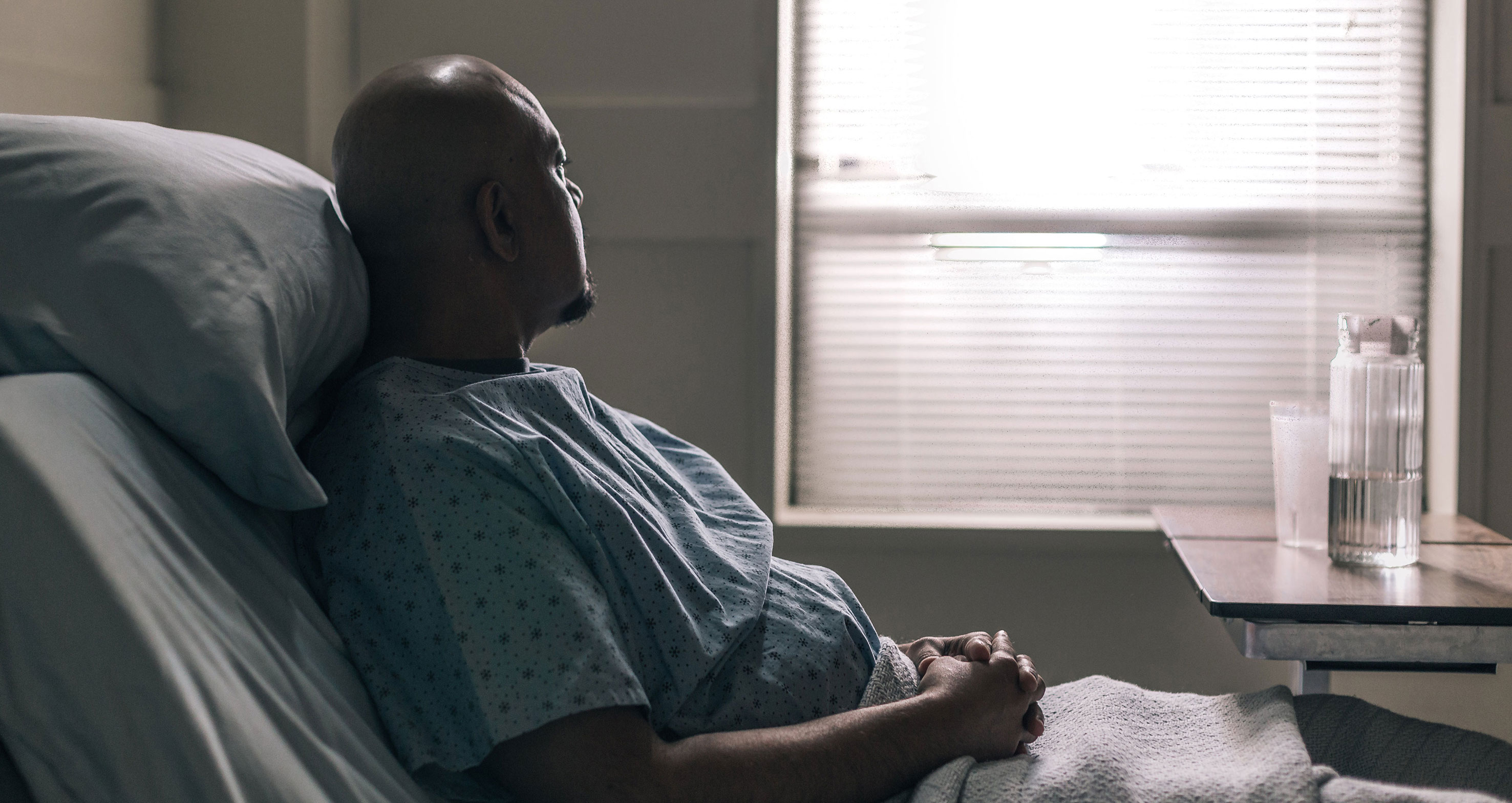A stroke occurs when the brain's blood supply is cut off, preventing it from receiving oxygen and causing brain cells to die. The condition is extremely serious and can be life-threatening if not treated quickly. One of the leading causes of death, strokes affect around 100,000 people each year in the UK alone, with the figure reaching into the millions on a global scale.

There are two main types of stroke:
- Ischaemic. The most common kind of stroke, accounting for around 85% of cases, an ischaemic stroke occurs when the brain's blood supply is cut off due to a blood clot.
- Haemorrhagic. This type of stroke is caused by the bursting of a weakened blood vessel that supplies the brain with blood.
Symptoms of stroke vary depending on which part of the brain is affected and how badly. They can include drooping of the features on one side of the face, an inability to lift an arm, garbled or slurred speech, confusion, dizziness, paralysis on one side of the body, blurred vision, headache, dysphagia and a loss of consciousness.
Artherosclerosis, in which the arteries become blocked over time by fatty deposits called plaques, is a leading cause of stroke. Though the incidence of stroke becomes more likely with age, there are many other risk factors. These include diabetes, obesity and high levels of cholesterol from an unhealthy diet, hypertension, smoking, excessive use of alcohol and atrial fibrillation. If there is a family history of strokes, the risk can also be elevated.
Ischaemic strokes are often treated with medications such as alteplase, which helps to dissolve blood clots and thus restore the proper flow of blood to the brain. In severe cases, a surgical procedure called a thrombectomy can be performed to remove the stroke-causing clot or clots. Survivors of ischaemic strokes are often prescribed anitcoagulant medicines to lower the chances of a recurring blood clot.
While medication is sometimes also used for treating haemorrhagic strokes, a different type of surgery may be required. A craniotomy may be performed, in which the surgeon first removes a section of the skull before repairing damaged blood vessels and checking for any clots.
Strokes can have lasting effects on the body. These can include:
- Muscle Weakness. Affecting almost 75% of people who have had strokes, muscle weakness can cause difficulties with movement and coordination.
- Foot Drop. Preventing the foot from being lifted properly, foot drop causes the toes to drag along the ground when walking. People with foot drop are at increased risk of tripping and falling.
- Spasticity. This increased muscle tension makes the muscles tight and can lead the contractures. Around one third of stroke survivors experience spasticity after a stroke.
- Changes in Sensation. A stroke can cause the limbs to feel less or more sensitive to touch. It can also cause problems with proprioception, meaning that the patient feels unaware of the movement and position of affected limbs.
For support and information about stroke, please visit the Stroke Assocation website at https://www.stroke.org.uk
Jobskin® offers a wide range of medical garments designed to help alleviate and manage the after-effects of stroke, including garments from our SDO® collection. Please browse our website for further details.
Image credit: Matthew Henry. Available at: https://burst.shopify.com/@matthew_henry